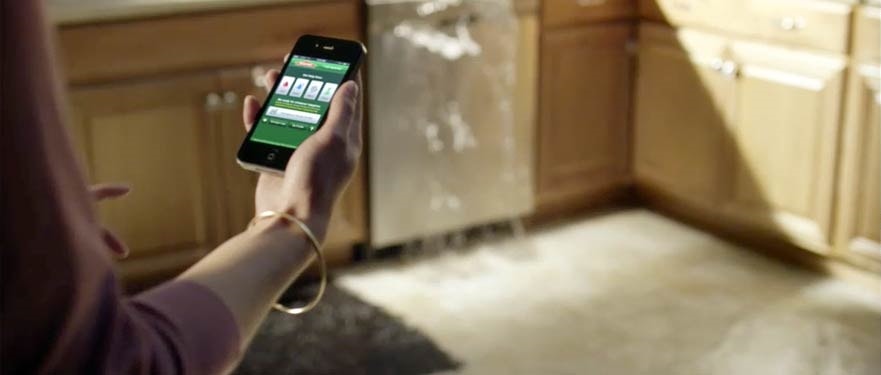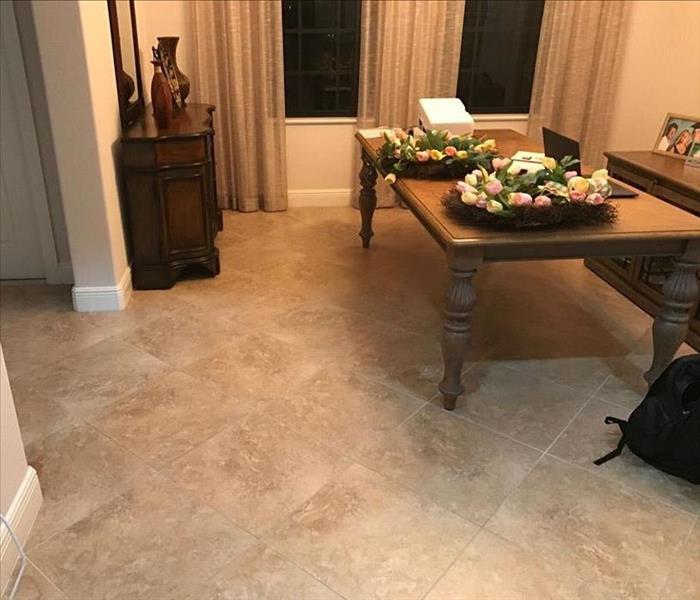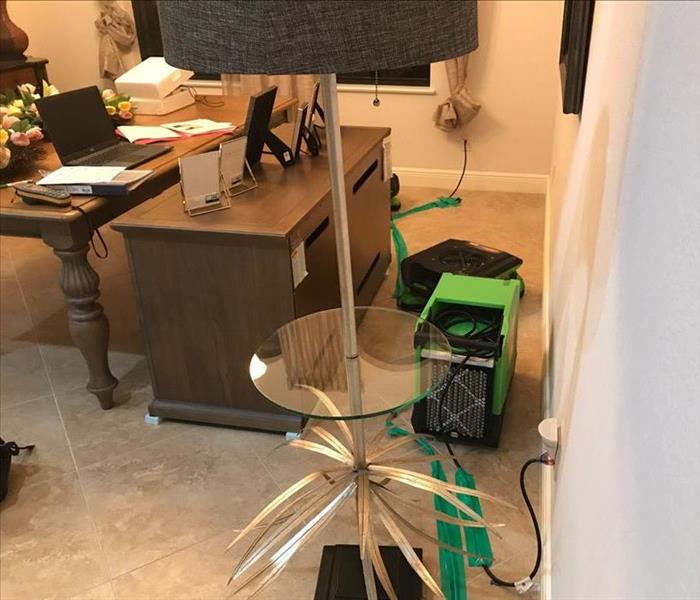
Water Damage Emergency Tips
What you can do until help arrives
Water Tips | Fire Tips | Biohazard Tips | Mold Tips
You've made it to the tip page, that means you have a voracious appetite for knowledge, or you have experienced water damage. We're guessing the later.
The initial shock of water damage can be disorienting and demoralizing. We typically think about these types of things — water damage problems — happening to other people. But, the statistics tell an interesting story: 37% of homeowners claim to have experienced water damage, the average life span of a washing machine hose, 8.7 years, and nearly 14,000 people a day experience some sort of water damage event.
When we read that, the word that comes to mind is "striking." Those are some "striking" statistics.
And so the point is clear: water damage happens. The next question to ask, "what's next?" Below are tips our team has put together to help you think through next steps.
Have A Water Damage Emergency? Call (239) 312-7605
What To Do After Flooding
- Remove excess water by mopping and blotting.
- Wipe excess water from wood furniture after removal of lamps and tabletop items.
- Remove and prop wet upholstery and cushions.
- Place aluminum foil or wood blocks between furniture legs and wet carpeting.
- Turn air conditioning on for maximum drying in summer.
- Remove colored rugs from wet carpeting.
- Remove art objects to a safe, dry place.
- Gather loose items from floors.
What NOT To Do After Flooding
- Don't leave wet fabrics in place. Hang furs and leather goods.
- Don't leave books, magazines or other colored items on wet carpet or floors.
- Don't use your household vacuum to remove water.
- Don't use television or other household appliances.
- Don't turn on ceiling fixtures if ceiling is wet, and keep out of rooms where ceilings are sagging.






 24/7 Emergency Service
24/7 Emergency Service




